Lots of us have had great experiences with Amazon third-party sellers. But those who have been burned typically aren’t willing to take the risk of buying from a third-party seller again. I don’t blame them.
Now, it’s important to understand I’m talking about a tiny segment of third-party sellers, and definitely not third-party FBA (fulfilled by Amazon). Amazon tries to keep scams down, often banning sellers exposed as frauds with lightning speed. But you also need to be careful when it’s an inexperienced seller using drop shipping. This is a practice where the seller doesn’t have to actually package and ship their own products, but a third party does. That’s where you can start to have problems. Especially if the seller doesn’t know how to handle issues that come up with their drop shipper (or even worse, they don’t care).
Luckily, here at KCL, our team of deal finders vets every hot deal we find to be sure it’s not actually “too good to be true.” We know exactly what to watch out for. I’ll be sharing common scams below and how to avoid them.
Download the KCL app or text HACKS to 57299, and we’ll send all the best Amazon deals your way.
What are third-party sellers on Amazon?
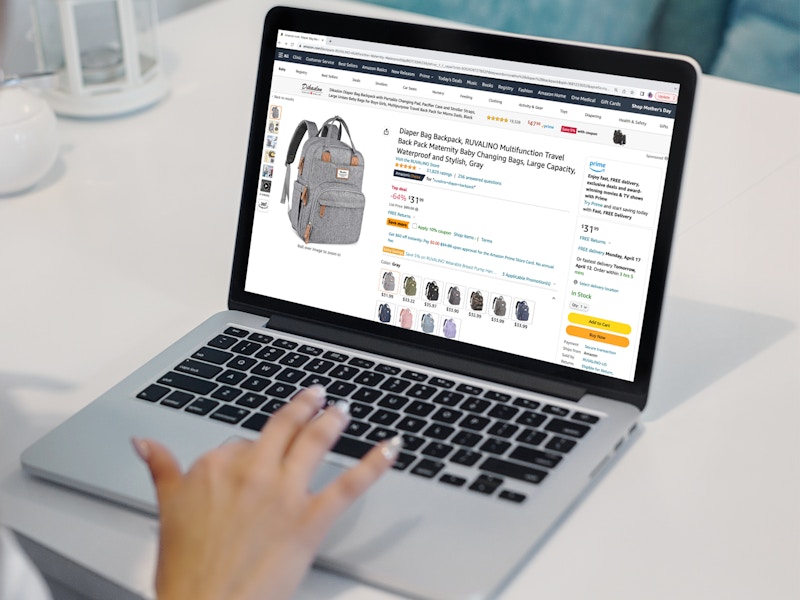
Amazon is a marketplace. You'll find thousands of items sold and shipped by Amazon.com. That means that Amazon sees fulfillment of any order from listing to the time the item arrives at your door.
Third-party sellers are independent sellers that take advantage of Amazon's marketplace. They're responsible for listing, selling, and shipping your order, plus answering any inquiries you have about a product.
How do I identify third-party sellers on Amazon?

On any product page, look to the right-hand side of the screen. Under deliver, you'll want to see a note that says "Ships from: Amazon.com" and "Sold by: "Amazon.com."
If you don't see that messaging, you're looking at a product sold by a third-party seller.
And most times, any store names that are extra long or have a mix of lowercase and capital letters are third-party sellers.
Does Amazon guarantee third-party sellers?
Yes! With Amazon's A-to-Z guarantee, you're protected when you buy items sold and fulfilled by a third-party seller.
This guarantee protects the timely delivery as well as the condition of whatever you purchased. If you have a complaint, you can make a claim to Amazon, and they'll determine whether or not you might be eligible for a refund.
Are Amazon third-party sellers safe? Can I trust third-party sellers on Amazon?
We can't speak for all third-party sellers. There's always a risk. However, it's very possible to successfully purchase from a third-party seller. Just make sure to read up on item reviews and check a seller's rating.
To learn more about the specific risks, we go more into depth next.
5 Risks of Buying from Amazon Third-Party Sellers
1. You might get an item that’s actually refurbished … and you didn’t know it.
This happens more than you’d think. When you shop online, you can’t always tell exactly what you’re getting. There’s a level of trust that goes into the purchase. But when you’re buying from an Amazon third-party seller, that trust must be earned.
One Reddit user found this out the hard way. She bought a computer from an Amazon third-party seller, and when it arrived, she couldn’t get Windows 10 to activate. Eventually, she learned the Microsoft product key had already been used, and the item was sold like that.
“After a bit of checking, [Amazon] informed me that the computer was 21 months old, refurbished, and without warranty,” she says.
2. You might not receive your item at all.
This is a pretty classic risk, especially for items that seem like the price is too good to be true. It’s exactly what happened to YouTuber Pleasant Green with an Ooni pizza oven.
The pizza oven was listed on Amazon for $120 (regular price: $799.99) for a whopping 85% savings. He ordered it just to test whether it was a scam or not. His order got as far as a tracking label being created, but no further. This was when he realized for sure he wasn’t getting the pizza oven.
Scammers will create a label so that it looks like they’re sending your item to you. This keeps Amazon from flagging them right away.
3. … And you might still get charged.
Yep, in this case, our YouTube friend got charged and had to file a claim with Amazon in order to get his money back when the third-party seller was nonresponsive.
4. You may read product reviews pulled from the manufacturer’s site, not the seller’s.
Again, let’s look at the Ooni pizza oven example. This scam pizza oven showed 4.5 stars out of 614 ratings, leading the shopper to believe the listing was legit. But upon further investigation, the YouTuber found out those reviews were actually pulled from the Ooni manufacturer’s site. They were reviews for the oven sold by a legitimate dealer. You’d never know this just at a quick glance.
5. There’s a possibility you’ll receive unwanted emails and offers from this seller in the future.
Amazon offers a resource to deal with phishing and related scams. The skinny is to use common sense about anyone asking you to send them money or asking for your information. These scams have become more and more detailed and harder to detect.
How to Safeguard Against Being Scammed by a Third-Party Amazon Seller
It’s important to note that all of these should be used in conjunction with one another. It’s an investigation of sorts, and I recommend you keep looking into a seller until you feel good about buying from them.
1. Always check the seller’s shop score.

This is how you find out how the seller is rated, not the product necessarily. Although if they have a positive shop score, it’s likely due to their products being legit.
To check the seller’s shop score:
Look on the right-hand side below the “Buy Now” button.
You’ll see “Ships from” and “Sold by.” Tap on the company under “Sold by.”
Look for their overall shop score. Do they have positive ratings? Lots of ratings? These are good signs.
Check if this person is a new seller. Of course, this doesn’t automatically mean they’re going to scam you. But it’s pretty darn rare to find a scammer that isn’t listed as a new account.
2. Check out what other products this seller offers.

You want to buy from third-party sellers who seem to have a wheelhouse — maybe it’s apparel, gadgets, or whatever. And it’s best if they have a lot of products for sale. This adds a bit of legitimacy.
3. Read reviews, yes, but also use Fakespot so you know what reviews to trust.
Even Amazon reviews can be untrustworthy. But you can suss out the bad ones and determine if a seller is worth your time. Fakespot is a Chrome or Safari extension you add to your computer. And it’s totally free to download. Once you have the extension, simply input your Amazon product’s URL and put it into Fakespot. It’ll return with a grade (A – F) for how reliable the reviews are, compared to how likely it is that they’re fakes.
4. If you receive a tracking number for your item, look at the first two letters.
If your item gets as far as a label created, it’ll receive a tracking number. Look at the first two letters of that number to figure out which country your item is coming from. Here’s a quick and dirty list of some of the more common ones:
LW or LT: United States
LX: United Kingdom
LM: Canada
LF and LH: China
LP, LS, LA, and LZ: Australia
LN: Japan
RV, RA, and RI: India
RG: Brazil
RC: Chile
RH: South Korea
5. Be wary of anything that takes weeks and weeks to get to you.
A rule of thumb is that these items are probably coming from an overseas drop shipper, which is the source of so many issues and scams. Again, not always, but this is another thing to look at as you’re trying to determine the legitimacy of your third-party seller.
6. Only buy from Amazon or FBA (fulfilled by Amazon).
Third-party sold and shipping is what you want to pay attention to (versus FBA). This is either a seller sending the package themselves or a seller using drop-shipping. It’s a more efficient way for sellers to run their businesses, and most of the time, it’s totally fine.
But if you want to completely avoid the problems, I recommend you focus on shopping directly from Amazon or FBA third-party sellers, whose return policies are held to the same standard as Amazon-sold products.
RELATED: Unclaimed Amazon Packages: Mystery Boxes for Adults?
What if it’s too late and you’ve already been scammed?
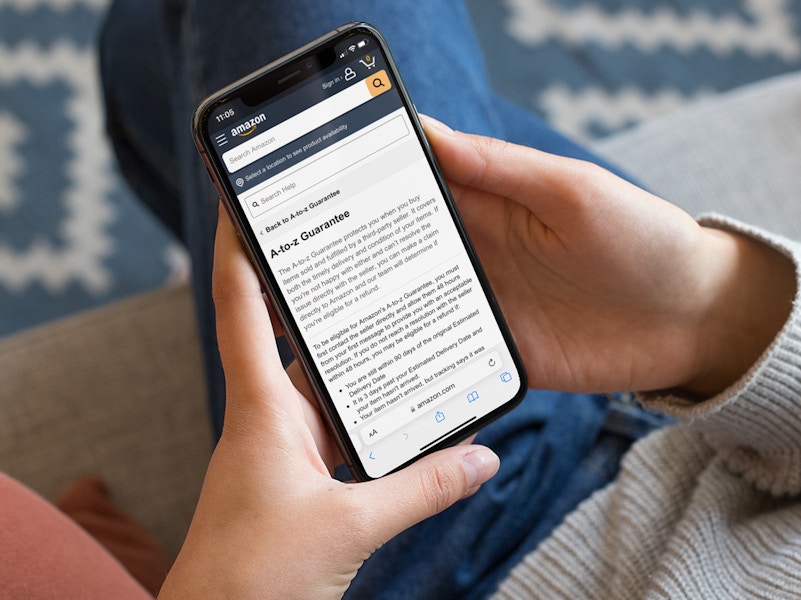
File a claim with Amazon. Their A to Z guarantee will help you get a refund … eventually. Unfortunately, getting your money back when you make a purchase from Amazon third-party sellers isn’t as simple as it is when you buy from Amazon or FBA.
But their A to Z guarantee promises to do right by you if they determine you’re eligible. It just takes a long time, and you really have to be on top of your case in order to actually get help.

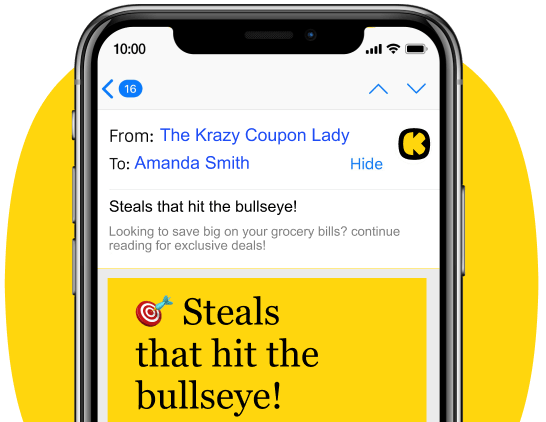


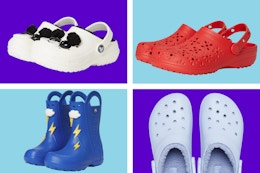




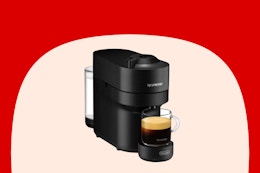










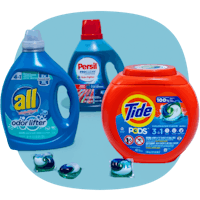



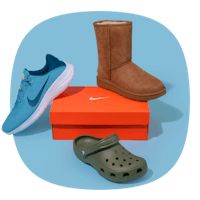





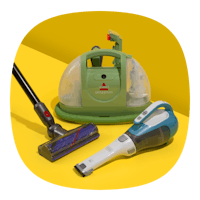
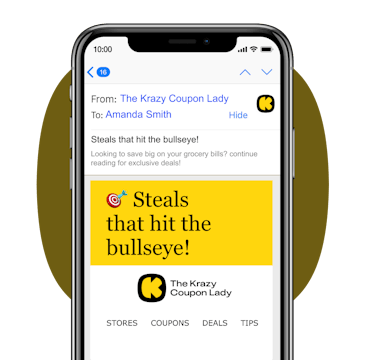
Tell us what you think